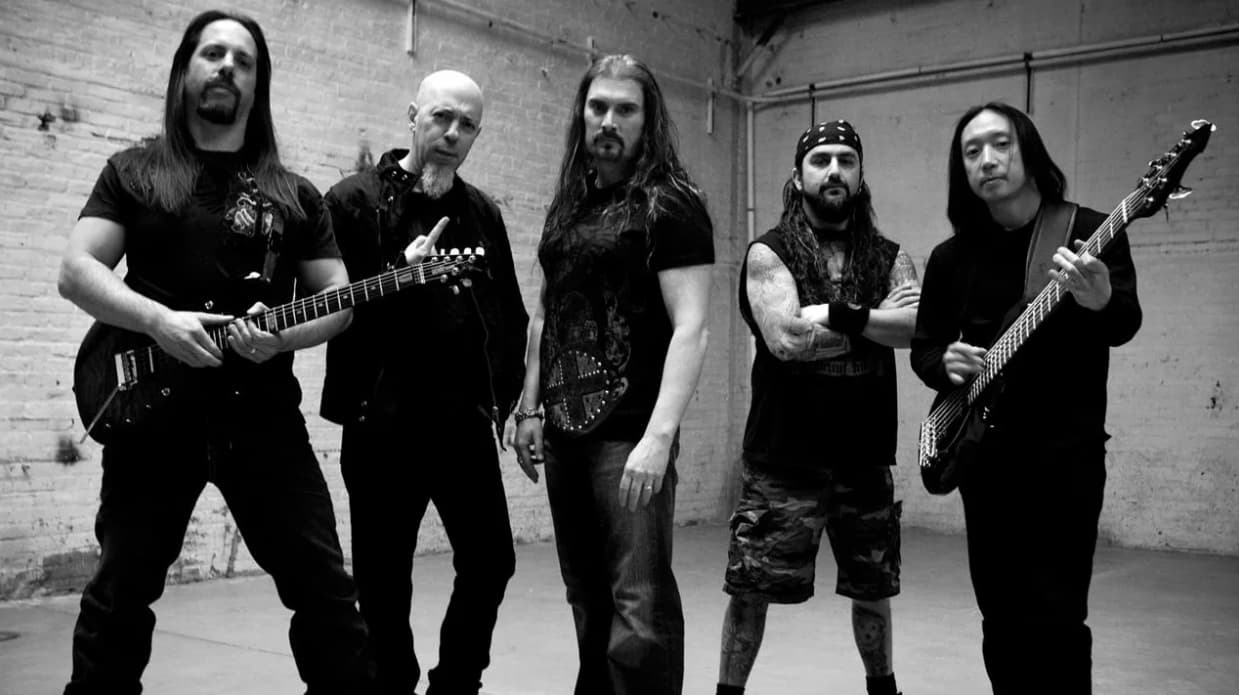Progressive Rock
Progressive rock, often shortened to prog rock, is a captivating subgenre of rock music renowned for its groundbreaking studio experimentation, lengthy compositions, and intricate instrumentation.
The roots of prog rock can be traced back to pioneering bands like Pink Floyd, Procol Harum, Soft Machine, and Yes. Emerging in the late 1960s, these early prog artists were heavily influenced by the psychedelic rock and jazz fusion scenes of the era.
Understanding Progressive Rock
Progressive rock, also known as prog, emerged in the UK and US in the mid-to-late 1960s. Initially labeled as “progressive pop,” this genre evolved from psychedelic bands that sought to break free from conventional pop norms, embracing elements of jazz, folk, and classical music in their soundscapes.
Key Features of Prog Rock
Prog rock boasts a diverse array of musical elements, including symphonic keyboard arrangements, intricate guitar work, and lush vocal harmonies. It’s characterized by its high level of instrumental prowess, complex compositions, and incorporation of odd time signatures and extended song structures.
Exploring Prog Rock’s
Evolution Prog rock has continually pushed musical boundaries, experimenting with diverse forms, tempo changes, and unconventional instrumentation. With its emphasis on musical craftsmanship and innovation, prog rock remains a prominent artistic movement within popular music.

Characteristics of Progressive Rock
- Utilization of unconventional time signatures, meters, and key signatures.
- Elaborate compositions featuring intricate arrangements.
- Incorporation of orchestrated or symphonic elements.
- Lyrics often centered around fantasy or science fiction themes.
- Integration of non-rock instruments like the Mellotron and ondes Martenot.
Examples of Progressive Rock
If you’ve pigeonholed Prog Rock as a niche, self-indulgent genre, it’s time to broaden your horizons. Many artists have seamlessly blended elements of art rock or progressive pop into their music.
Whether you’re a fan of the Beatles or Billy Joel, delving into the history of Prog Rock or exploring more challenging music offers a rewarding journey. Here are some standout examples:
- The Beatles
- The Moody Blues
- Pink Floyd

Distinguishing Rock from Progressive Rock
The key disparity between rock and progressive rock lies in their respective levels of complexity. Progressive rock, inspired by psychedelic rock, delves into themes like space exploration and otherworldly dimensions. Bands like Pink Floyd and Rush spearheaded its mainstream emergence in the late 1960s, followed by Genesis, Yes, King Crimson, and Emerson Lake & Palmer, often dubbed the “Big Five” of prog-rock.
Although its peak popularity was in the 1970s, progressive rock continues to influence subsequent generations of musicians. Its impact extends into various modern music genres, exemplified by tracks like Styx’s “Come Sail Away” (1977), still frequented on classic hits radio stations.
In Conclusion
Progressive rock offers a rich tapestry of musical exploration with endless possibilities. With numerous artists to discover, your musical journey can take myriad paths. We hope this article serves as a starting point for your exploration of prog-rock bands, sparking a newfound appreciation for this captivating genre.

